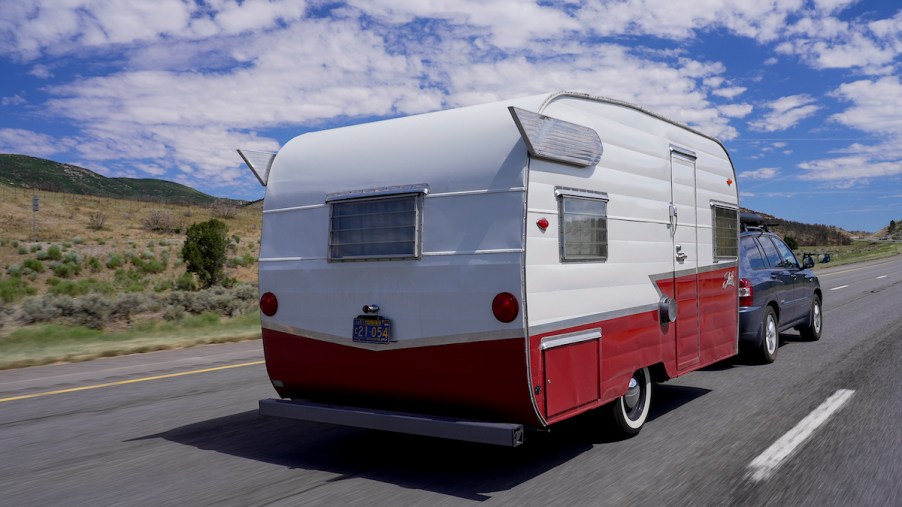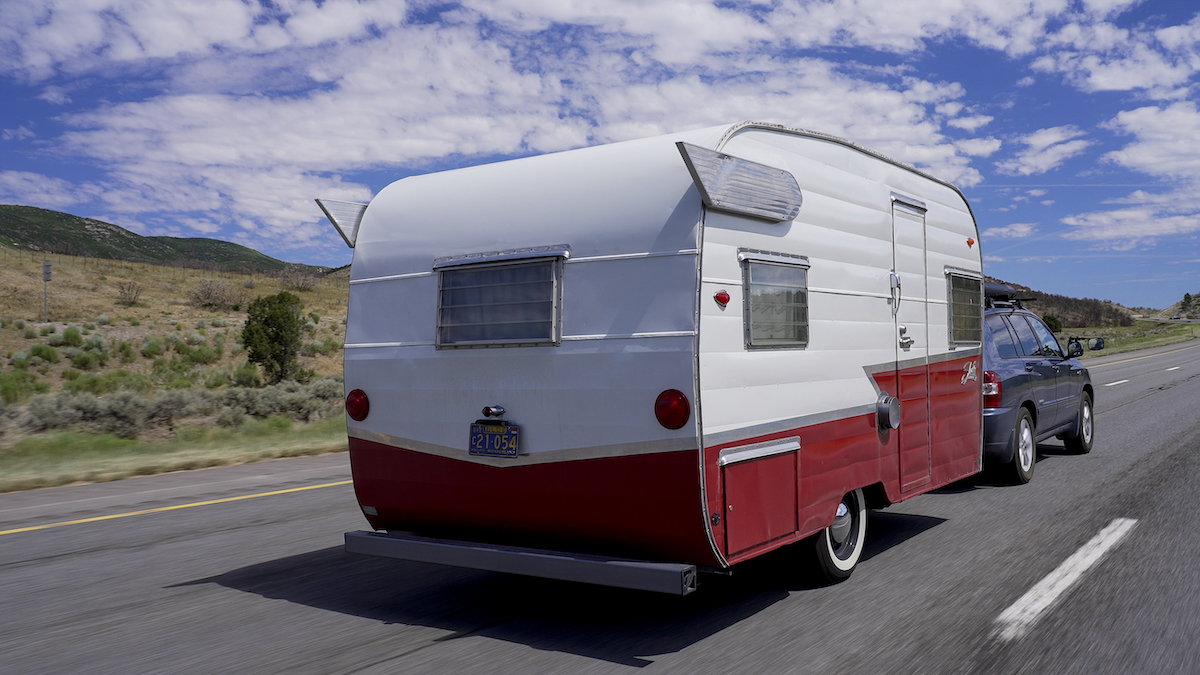
What Is the 3/3/3 RV Road Trip Rule?
You’re excited about your RV road trip and all the sights you’ll see along the way. One way to avoid making your adventure memorable in all the wrong ways is to plan and prepare. Then plan and prepare some more. You might even want to download a few RV trip-planning apps. They can help you decide which items to take, map your route, start a campfire, and more. Then follow the 3/3/3 road trip rule to make your travels more enjoyable and relaxing.
The 3/3/3 RV road trip rule explained

So what is this rule of threes? Drivin’ & Vibin’ explains that the 3/3/3 rule is a way to plan your RV travels. Planning your itinerary and scheduling regular stops means you’ll always know what’s ahead. The rule contains three parts, and each includes a “3,” making the 3/3/3 rule easy to remember.
1. Drive no more than 300 miles a day
After you’re done planning and packing, it’s time for your RV adventure. But beware: RVs are much larger than the average vehicle. Steering something the size of a Class A motorhome is physically demanding. Piloting an RV can be stressful, especially if you don’t do it often.
Not practicing driving your RV rig before leaving on a road trip is a common mistake. It’s a good idea to practice hitching and unhitching or driving your RV around town until you feel confident handling it.
Three hundred miles at average safe RV speeds still equals about five to six hours of driving. Can you imagine adding another couple hundred miles to that? This trip is supposed to be a vacation. By limiting your driving distance to 300 miles a day, you’ll arrive ready to enjoy the rest of the day.
Just picture yourself pulling in with energy to spare and enough time left in the day to enjoy seeing the sites or participating in your favorite outdoor activities. Doesn’t that sound more enjoyable than clenching a steering wheel all day?
2. Take a break every 3 hours
Frequent stops during your road trip will ensure you don’t get fatigued while driving. Setting and sticking to a schedule for breaks will give you ample opportunities to stretch your legs, grab a snack, check your phone, and generally relax. You’ll be more alert and drive more safely if you make regular stops.
Driving for too long or when you need a bathroom break can lead to distracted driving. It’s far better to take a break than end up in an accident because you were trying to push through.
3. Arrive at your campsite no later than 3 p.m.
Arriving after dark adds a whole other level of stress to an already long day of driving. Now you have to check in, find your assigned space, maneuver into it, and deal with all the other details of setting up your campsite before you can get some well-earned rest. That’s all without breaking campground rules and annoying your new neighbors.
If you arrive by 3 p.m., you’ll have plenty of daylight left to set up and check out your surroundings. You might even be able to squeeze in a short nap before dinnertime.
If you plan well and follow the 3/3/3 road trip rule, you’ll be likelier to enjoy the RV adventure of your dreams.


